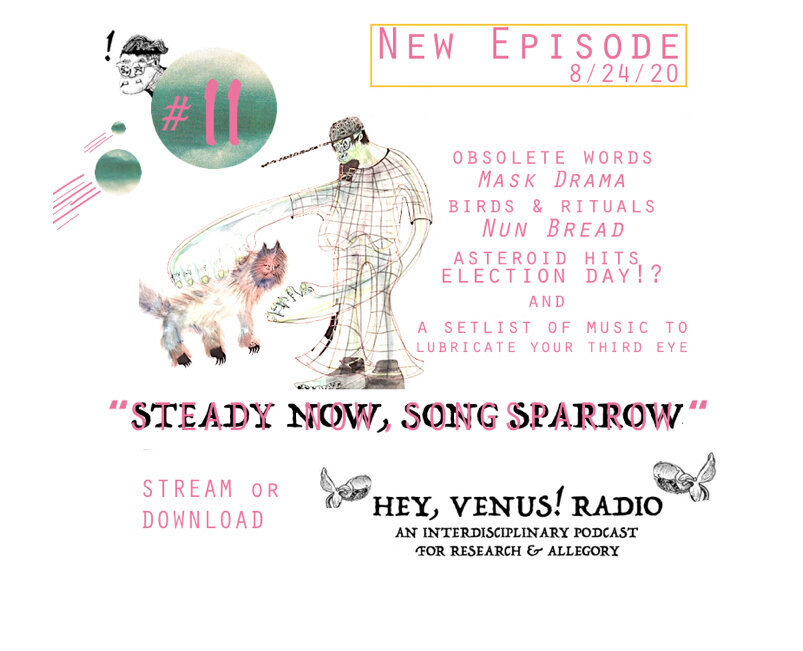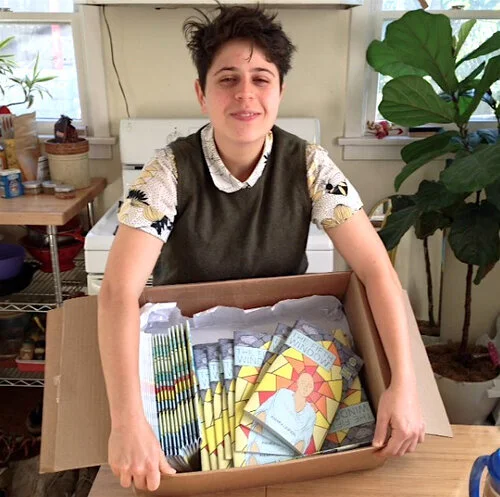Bryan Washington is one of the most important voices of our decade. His debut novel, Lot, is a humble glimpse into the lives of the working class, revealing tales of familial trauma, and the forbidden aspects of queer love. His stories contain elements which broadly illustrate the politics of race, infidelity, and poverty; intimate monologues nodding off into a weightless symphony. Washington leaves nothing to the imagination; highlighting how toxic ideologies of domesticity still runs rampant, and prejudice is everywhere, even in places that appear hidden.
GINA JELINSKI: Did you foresee these elements being so profound when you first began the process of putting the stories together?
BRYAN WASHINGTON: Thanks for the kind words, Gina — and no, I didn’t foresee it at all. I was just trying to write the stories I wanted to read. But I credit my agent, my editor, my friends, and the Riverhead crew for believing in the narratives and putting them out in the world.
GJ: Can you tell us about the first book you’d read that spoke to you on an intimate level?
BW: I wasn’t a reader as a kid by any stretch of the imagination, but I spent a lot of time with cookbooks and comic books. My folks kept plenty of both around the house. The cookbooks were mostly written by women of color, across continents and communities, and getting to see windows into their lives through 150 and 300 word excerpts was formative for me.
And fan fiction was pretty important to me, too. As someone who gravitated towards queer narratives as a teen, insofar as I gravitated to written narratives at all, it was gratifying and lovely to find those avenues on the internet in the early aughts, and for free.
GJ: What is your creative process?
BW: I usually write generative material (new stuff) in the mornings, and I’m no good for that in the evenings. But I can edit just about anytime. And I can write just about anywhere, although a place with some sort of ambient noise in the background doesn’t hurt.
But if I want to tell a story, then I’ll make time to tell that story. That’s usually a pretty big indicator that it’s something I’m interested in thoroughly enough, especially if it’s looking like a longer project. There are too many other things you could be doing, so that impulse is pretty important to me.
GJ: Let’s talk about the intimacy of one of your characters, specifically Roberto…who offers us a telling glimpse into his own psychology; his runaway parents, the love affair with the narrator..Roberto states that he had never even been to church. These intrinsic strengths portray the diversities between each character. How was it that you imagined all of these characters?
BW: I generally start each piece with a conversation, which usually yields some sort of conflict (eventually, if not immediately). Then I build the characters’s world from the inside out. Their personal problems (infrastructural, familial, interpersonal, whatever) determine the lens that I can navigate their surroundings from.
GJ: Roberto also says to the narrator: “Home is wherever you are at the time.” The narrator cannot find himself to grasp much meaning in that statement -although Roberto goes on to explain that if he (the narrator) in fact knew what it was like to not have a home, he would one day understand. Do you imagine that readers who cannot relate to these concepts, and for lack of a better word…have been spoon fed their whole lives…that they might be able to better comprehend the dividing lines of class and race, and hopefully have an awakening to realize their own privileges?
BW: I guess there’s two parts to that: for one thing, in my capacity as someone who writes fiction, I don’t craft stories to educate or to illuminate or to enlighten or any of that. I’m just trying to tell the story I’m trying to tell, to the best of my abilities at the time. That’s it. So if a well-off, white reader in the States comes across that line and takes it to heart, great. If not, great. As far as fiction’s concerned, I’m interested in telling the stories I’d like to tell, and the audience I have in mind are my friends. And they already know.
But if you’re telling me that a well-off, white reader in the States can internalize the whole of Hogwarts, with all of the classes and electives, as well as Mordor and Westeros and the Upside Down, then asking them to make the leap of conceptualizing — not even internalizing, but just envisioning — the presence of class divides in their immediate atmosphere is not a very big or demanding ask. The key is that it might force them to reckon with their own situation, which no one wants to do, and that can yield for an uncomfortable reading experience in the way that a more fantastical scenario might not (although it absolutely could).
GJ: “…Too dark for the blancos, too latin for the blacks.” Can you elaborate on this line, for the readers who are not yet educated on certain racial politics?
BW: Colorism is a very real thing, as are the stereotypes and typecasting associated with it. There isn’t enough room to extrapolate here, and other folks have done it much better than I could, so I’d recommend starting with Nawshaba Ahmed’s Film and Fabrication, Winifred G. Barbee’s Coming Aware of Our Multiraciality, Gwendolyn Brooks’s Maud Martha, Evelyn Glenn’s Shades of Difference, and Toni Morrison’s The Bluest Eye.
GJ: You opened the door to discussions on child abuse, familial trauma, and homophobia. How difficult was that to do? Or, did you find it necessary rather than a struggle?
BW: I didn’t have a larger goal when writing the stories other than writing the stories that I wanted to write, however they turned out. That was it. The themes as a whole weren’t the result of a didactic effort or anything like that — but our respective obsessions and preoccupations are our respective obsessions and preoccupations. It’s always a struggle for me to tell stories, but that’s how I think about my problems. I rarely find solutions. So I’m not a very optimistic person, but if there’s any optimism to be gleaned then I think it’s through people telling the stories they want to tell, whatever they are, in whatever avenues and forums they’re able to finagle.
GJ: Miguel is a character who stands boldly in view, as the narrator’s harbinger to spiritual and sexual freedom. Their relationship is so essential to better understanding all of the other voices that are ever so present in your novel. Might you elaborate on the recurring narrator and Miguel’s relationship?
BW: Sure: they’re casual friends. Which is to say that they have similar struggles, and they just so happen to occupy a similar geographic space. And where the recurring narrator is maybe more brazen in his actions, I don’t think that he’s comfortable with himself like Miguel is. Their interacting with each other was fun to play with on the page: partly because of the tension, sexual and otherwise, and partly because they’re both just so different, from their senses of humor on down. But you could probably argue that the recurring narrator envies Miguel very much, and you could also probably argue that Miguel wouldn’t understand that sentiment at all (or that, at the very least, he’d call it bullshit).
GJ: What is the wisdom you’d like to share with other young black writers?
BW: Be wary of anyone’s free wisdom. Read everything. Write whatever you want to write about, on your terms. Don’t feel pressured or compelled to create work that solely centers your identity or existence in a marginalized group (or groups), unless that’s what you want to do, and on your terms.
GJ: What books are you reading right now?
BW: Queenie by Candice Carty-Williams, Bangkok Wakes to Rain by Pitchaya Sudbanthad, Where Reasons End by Yiyun Li, My Brother’s Husband by Gengoroh Tagame, On Earth We’re Briefly Gorgeous by Ocean Vuong. And I’m stoked for Morgan Parker’s novel.
GJ: What about other works that you look forward to experiencing? And, who is it that you believe might be an individual whose philosophy we need to pay more attention to?
BW: Mitski. I don’t know that she needs or wants anymore attention, and she’s been very careful about how much of herself she gives her audience. But her music is a gift and that is enough. People always want more, and it’s rad to see someone just say, “No, what I’m giving you is enough”.
Bryan Washington is a writer from Houston. His fiction and essays have appeared in the New York Times, the New York Times Magazine, The New Yorker, The New York Times Style Magazine, BuzzFeed, the BBC, Vulture, The Paris Review, Boston Review, The Cut, Tin House, One Story, Bon Appétit, MUNCHIES, American Short Fiction, GQ, FADER, The Awl, The Believer, Hazlitt, and Catapult, where he wrote a column called “Bayou Diaries”. He’s also a National Book Foundation 5 Under 35 winner, an Ernest J. Gaines Award recipient, an International Dylan Thomas Prize recipient, a PEN/Robert W. Bingham prize finalist, a National Book Critics Circle John Leonard Prize finalist, and the recipient of an O. Henry Award.
His first novel, Memorial, drops on October 6th. You can pre-order it here, or from your local indie. His first book, Lot, was pubbed by Riverhead.





























